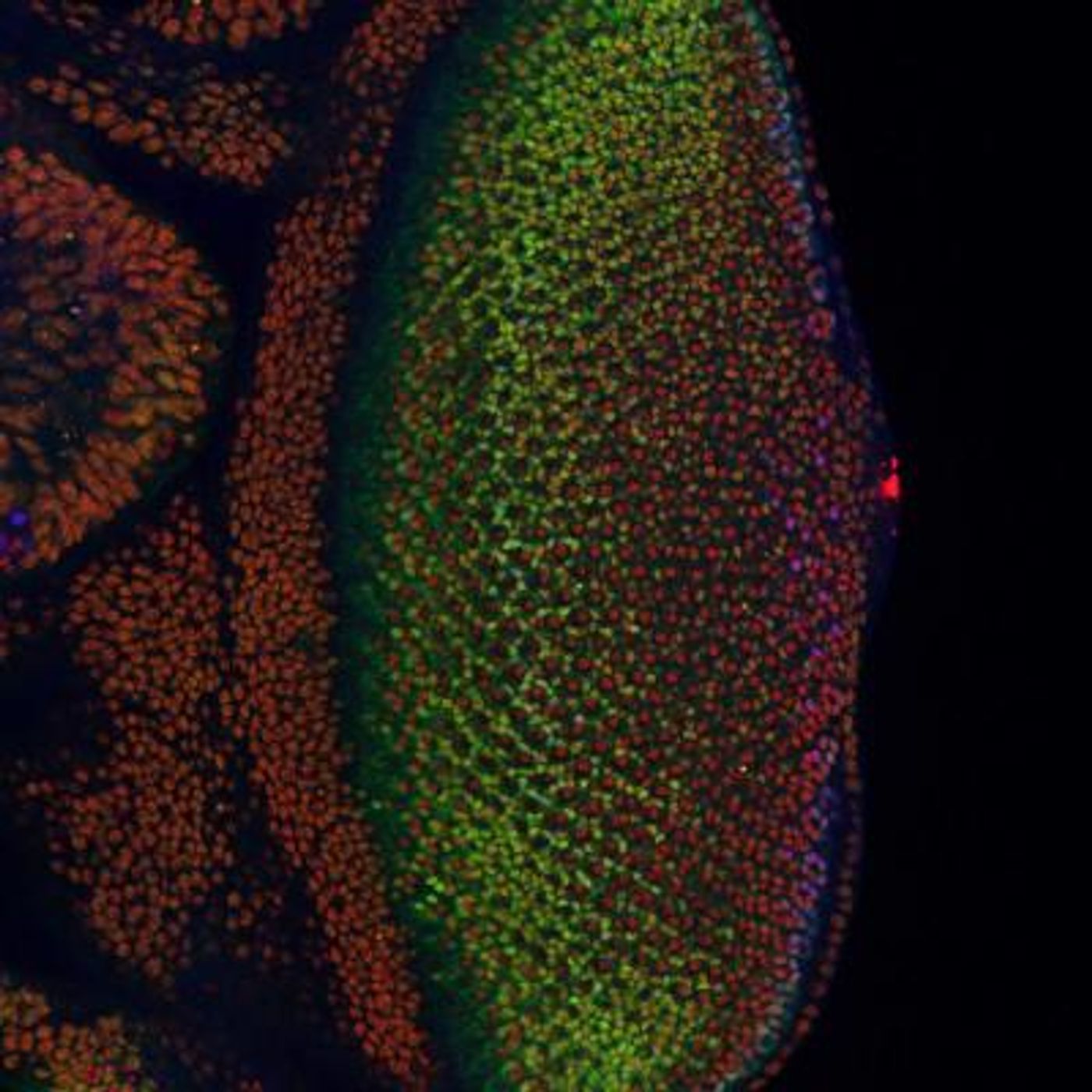
Researchers have gained insight into how developing cells switch to a specialized state and how the process might go wrong in cancer. Cancer cells are normal cells that went awry by mistakenly making harmful developmental decisions.
The researchers studied the cell behavior of fruit fly eye cells. "On the surface, flies and humans are very different, but we share a remarkable amount of infrastructure," biologist and co-study author Richard W. Carthew said. "We can use fruit fly genetics to understand how humans work and how things go wrong in cancer and other diseases."
The Northwestern University researchers saw that the protein Yan acted oddly while cells switched from a primitive stem-like state to a more specialized state. Cells are indifferent to Yan stability. However, when the Yan cells fluctuate, this “noise” determines whether a cell will advance to the next state. When the cell does, a cell receptor called EGFR turns off the noise. However, if the EGFR does not receive the signal to turn off the noise, the cell remains in an uncontrolled state.
The noisy fluctuating Yan and its subsequent ending might be where cancerous cells develop.
Scientists use the common fruit fly's eye to study what goes wrong in human cancer because flies and humans share many of the same cancer-causing genes. Fruit fly cells are small and tightly packed together. Their eyes hold an intricate pattern of many specialized cells, such as light-sensing neurons. Studying these cells are challenging. The multi-disciplinary research team had to find a way to identify and analyze thousands of individual fly eye cells.
"In the past, people have built models of regulatory networks that control cell differentiation mostly by genetically perturbing one or two components of the network at a time and then compiling those results into models," said chemical and biological engineer Luís A.N. Amaral. "We instead measured the retina as it developed and found the unexpected behavior of the key regulatory factors Yan and EGFR."
Through this method, the team was able to measure the concentration of the Yan protein and its fluctuation levels. Fruit fly cells take 15 to 20 hours to go from being unrestricted cells to restricted cells. The researchers found that the Yan protein is noisy for six to eight of those hours.
The human version of the fly Yan protein is the Tel-1 protein transcription factor. Tel-1 is frequently mutated in leukemia. When healthy, it instructs cells to turn into white blood cells. The human version of the EGFR protein that turns off the noise is called Her-2. Her-2 is an oncogene, meaning, in certain circumstances, it transforms a cell into a tumor cells. Her-2 is associated with breast cancer.
These findings offer an acute target for future research. The study was published on January 14 in the
online journal eLife.
Sources:
Northwestern University press release via EurekAlert!, journal study via eLIFE,
Silicon Republic









